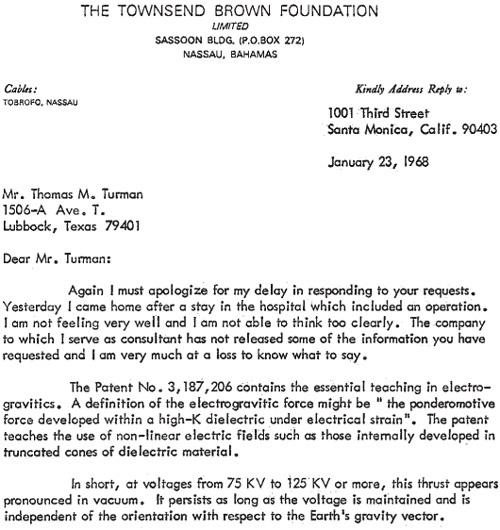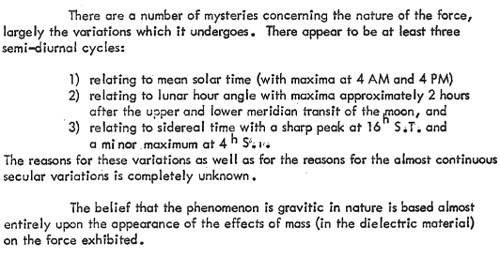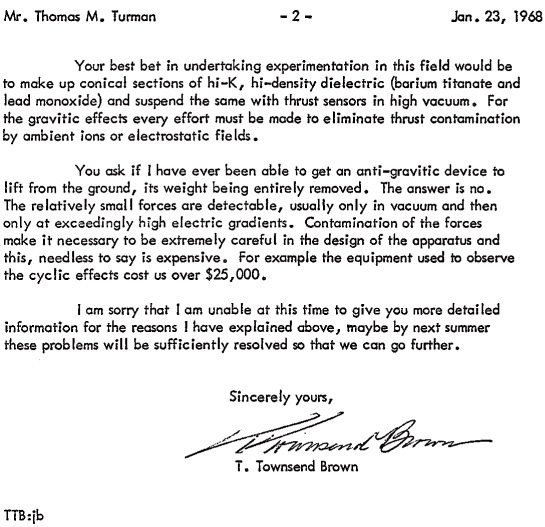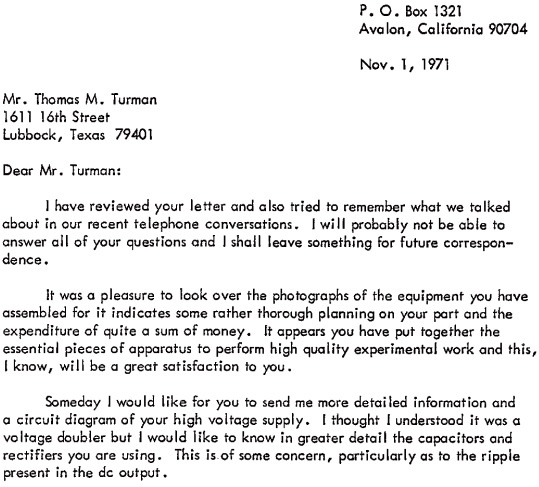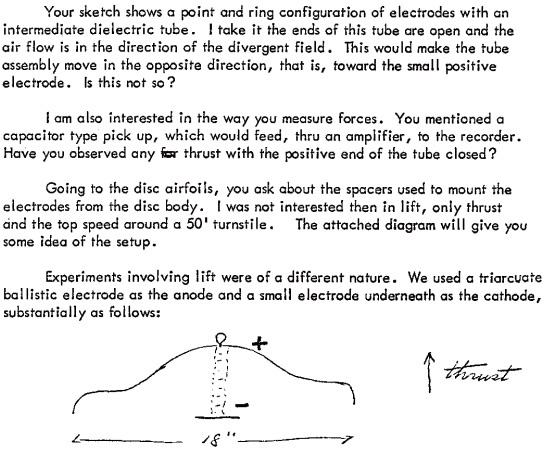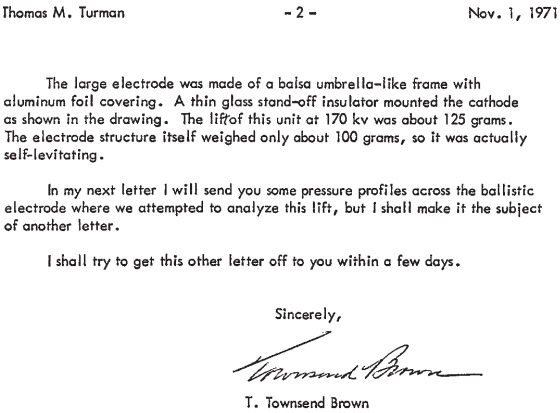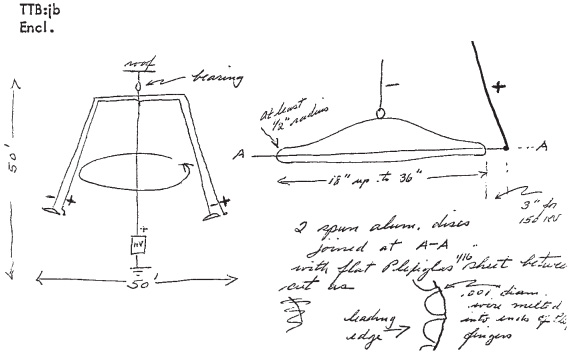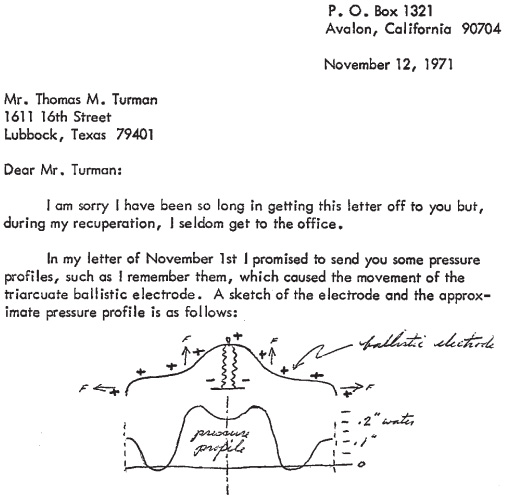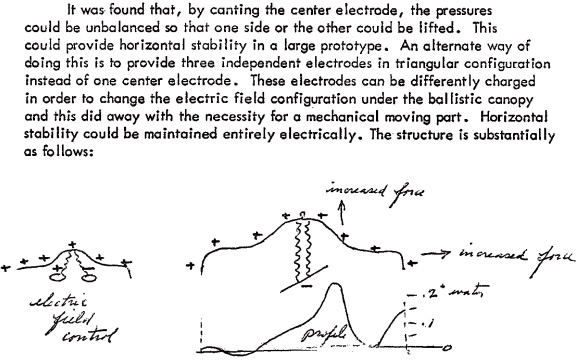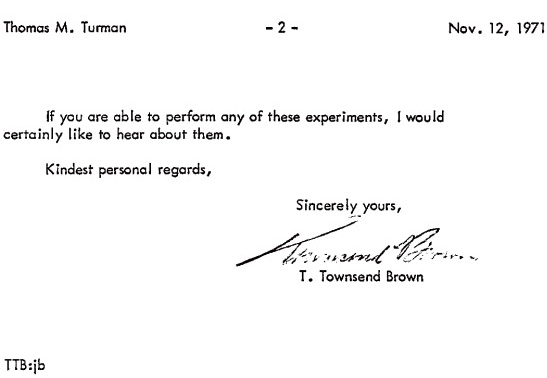Secrets of Antigravity Propulsion (54 page)

14
A TECHNOLOGY THAT COULD CHANGE THE WORLD
Clearly, gravity control would be a boon to society.
So why is work on this important technology being kept so highly classified?
One obvious reason is that the military sector wants to make sure that its defense technologies are always one step ahead of everyone else’s.
According to one estimate, black-program technologies are at present at least fifty to one hundred years ahead of those used in the commercial world.
A second motivation for secrecy is the concern over whether society is able to monitor and control the public use of this new science effectively.
A case in point is the advent of nuclear technology toward the middle of the twentieth century.
While ways were later found to harness atomic energy for peaceful uses, its initial development was for use as a weapon, the atomic bomb.
This brought with it the accompanying threat of nuclear holocaust, and today, even though the cold war has ended, the threat still lingers that terrorists might detonate a dirty bomb.
Similarly, the same physics that gives us a proper understanding of gravity control and that could be put to many peaceful uses could also be used to build very destructive weapons.
According to Ray, the black-project scientist I had spoken to, the curators of this technology do not feel that society as a whole has matured emotionally to an extent that this knowledge could safely be made available to the public.
Apparently the behind-the-scenes individuals who monitor black-world research and decide whether or not it stays classified are following a program of “controlled evolution.”
If these “powers that be” determine that the world has advanced to a point where it can handle a new technology, they will allow it to be introduced.
This leaves us with the question of whether this self-chosen group is itself sufficiently qualified to be making these kinds of decisions.
With problems like global warming, global deforestation, acid rain, widespread pollution of the oceans, radioactive waste, overpopulation, hunger, and the AIDS epidemic looming ever larger, shouldn’t at least some of this knowledge be declassified to help the world?
Some members of the black-programs community feel that it should, and as a result, they are making efforts to push things in a more liberal direction.
When the internal combustion engine was developed at the turn of the twentieth century, should it have been classified because of its military potential to create tanks and war vehicles?
If it had, we may still be driving a horse and buggy and would undoubtedly be living in a world that had a much lower standard of living.
Today, it seems that our government is intent on keeping our current technology status quo.
On January 15, 2008, four group directors that head the U.S.
Patent and Trademark Office (USPTO) sent out a memo to all USPTO technology center patent examiners that is just as reactionary as if they had outlawed the automobile.
The memo reminded the examiners about the USPTO Sensitive Application Warning System (SAWS) program and required that they “flag” any patent application that contains subject matter of “special interest,” specifically those containing the following topics: “1) perpetual motion machines [i.e., over unity energy generators], 2) antigravity devices, 3) room temperature superconductivity, 4) free energy—tachyons, etc., 5) gain assisted superluminal light propagation (faster than the speed of light), 6) other matters that violate the general laws of physics .
.
.”
1
Further, the directive required the examiners to, among other things, flag: “applications with pioneering scope” and “applications dealing with inventions that, if issued, would potentially generate extensive publicity.”
It stated that the SAWS program “is intended to ensure that the [USPTO] examination standards and guidelines are applied properly to such applications.”
Such guidelines instruct examiners to reject any applications that violate the “known laws of physics.”
Obviously, the laws the Patent Office are referring to is the catechism taught in university physics courses around the country.
By those laws, patent applications for any invention using over-unity energy generators, electrokinetics technology, or superluminal beam generators (such as that developed by Podkletnov) should be promptly rejected.
But let us imagine for a moment that the prevailing bureaucratic suppression has faded, ushering in a host of possibilities.
Once field-effect propulsion technologies and energy generators are commercialized, they could dramatically improve people’s lives.
For example, Earth-based transportation would be revolutionized, commuters would be able to travel vertically as well as horizontally, roads and bridges would no longer be needed, and ground-level rush-hour traffic jams would be a thing of the two-dimensional past.
However, in populated areas, special navigation computers would be required in order to prevent midair collisions.
Transport speeds would be vastly increased, and there would be few limits as to where such vehicles could go.
Antigravity vehicles would revolutionize farming, mining, building construction, and shipping, stimulating the world economy beyond our wildest dreams.
Space flight would be made practical.
Travel from one’s Earth-based home to an orbital space station would become as easy as making flights from one town or city to another.
Flight from the Earth to bases on the moon or Mars, or even journeys to the more-remote planets of the solar system, would be accomplished as easily as present-day intercontinental flights.
Such journeys could be completed with a minimal expenditure of fuel.
Just think of all the billions of dollars that would be saved if nations used antigravity propulsion instead of rocket propulsion to accomplish their space missions.
Electrogravitic spaceships could theoretically attain velocities exceeding the speed of light, making it practical also to travel to nearby star systems.
World peace would be aided.
Antigravity transportation would erase the distance barriers separating the nations of the world.
Imagine, traveling anywhere in the world in one hour!
International air traffic would skyrocket.
Geographical space would shrink, bringing people from different parts of the world closer together.
People would become more internationally oriented and would see one another as close neighbors.
As people grew more tolerant of other cultures and as poverty declined, a new planetary world order would arise.
With luck, war might even become a thing of the past.
Ecologically safe methods of energy production would become available.
Electrogravitics could be usefully applied as a means for generating pollution-free electric power.
One method would use permanent magnet generators such as the Searl effect generator or the MEC, discussed in chapter 10.
Another method might be to use phase-conjugating parametric amplifiers that had overunity outputs.
Yet another technique might be to develop rotary generators such as the electrostatic motors suggested by Lafforgue (see
chapter 12
) and Brown (see figure 1.10).
Electrogravitic free-energy machines, as well as other types of scientifically advanced energy generators, would provide society with clean energy.
Besides producing affordable power, such technology would be environmentally and socially safe because it would not produce dangerous waste products that could pose health hazards.
Nor would it release carbon dioxide or waste heat into the atmosphere that could threaten global warming.
The energy output would be almost entirely in the form of mechanical motion.
In the case of the Searl effect generator, it could actually have the side benefit of refrigerating the environment as it generates power.
Although electrogravitic devices use high voltage, they may be rendered safe by being properly enclosed.
Moreover, power production would become decentralized.
Each home, factory, or vehicle would have its own power unit.
The miles of unsightly power lines that presently clutter our landscape would become a thing of the past as each person became his own energy czar.
Declassifying the black-world ether physics would substantially benefit society from an intellectual standpoint.
It would galvanize a whole new era of expansion in fundamental physical theory, which today has largely stagnated as a result of dogged perpetuation of outmoded ideas.
It would also benefit society from a humanistic standpoint.
One could argue that the spiritual vacuum and overemphasis on materialism that characterize modern society stem in part from the teaching of positivistic science that recognizes only experimentally observable quantities as having a real existence.
The new ether physics, on the other hand, acknowledges that the physical world is only a manifestation of a much more fundamental, subtle realm that is not directly accessible to our physical senses, but whose operation to some extent may be elucidated with the aid of reaction-kinetic models.
It leads to a worldview in which science becomes united with mystical teachings, rather than separated from them.
Widespread knowledge of this new conceptual paradigm could bring humanity back toward a more ethical track, to a global mind-set better prepared to receive the advanced technologies that are now kept from us.
APPENDIX A
LETTERS WRITTEN BY T.
TOWNSEND BROWN TO THOMAS TURMAN
The following letters (on pages 405 to 410) from T.
Townsend Brown to Thomas Turman were written in 1968 and 1971.
